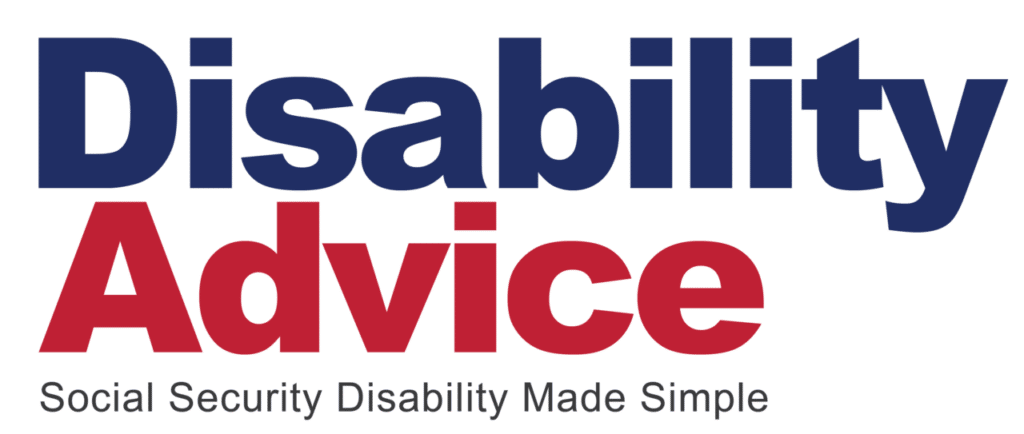Yes, it’s possible to receive SSI and SSDI simultaneously. This is known as receiving concurrent benefits. However, the vast majority of people will not qualify to receive SSI and SSDI simultaneously because the programs have different purposes and eligibility requirements.
Supplemental Security Income, or SSI, is designed for people with limited to no income who may have never held a job, while Social Security Disability Insurance, or SSDI, is designed for people with a sufficient work history to have paid enough into the program. Therefore, you can receive SSI and SSDI at the same time only if you qualify for SSDI benefits but still have a household income below the maximum threshold for SSI.
Basically, SSI or Title XVI payments are made only to those aged, blind, and disabled individuals who have income and resources that fall below certain amounts. It is designed to provide cash payments to assist with basic needs such as food, clothing, and shelter. Depending on the individual’s financial circumstances, it is possible to be eligible for benefits under both DIB and SSI concurrently.
Different Eligibility Requirements for SSI and SSDI
SSI and SSDI are both payments designed to assist people with disabilities additional support income. However, the programs are separate from one another and have different financial and work eligibility criteria.
SSDI provides benefits to people with sufficient work histories who can no longer work because of a disabling condition. To qualify, an applicant must have a condition that meets Social Security’s criteria for a disability and have earned sufficient work credits based on the taxes paid into the system.
Think of SSDI like car insurance. You pay into it regularly through your payroll taxes, just like paying monthly premiums. If you get into a serious accident (in this case, become disabled and unable to work), the insurance steps in to provide financial support—but only if you’ve been paying into the system long enough and meet the eligibility rules, like having a qualifying condition.
Or, imagine SSDI as a government-run rainy day fund for workers. While you’re working, you put in money (through payroll taxes). If a serious illness or injury prevents you from working in the future, you can access the rainy fund—but only if you’ve contributed enough and your situation meets specific guidelines for what counts as a “rainy day” (a qualifying disability).
Monthly payments are determined based on an adjusted average of your monthly earnings while you were working and paying Social Security taxes. This figure is determined using up to 35 years of work history. You are ineligible to receive the benefit if you do not have sufficient work credits.
On the other hand, SSI is a needs-based program for those with limited to no income. To qualify, you must either have a disability that prevents you from working or be over age 65. The disability criteria are the same for SSI and SSDI. However, financial eligibility is based on the household’s income and resources. Some resources are countable and some are not. For example, countable resources generally include bank accounts (checking, savings), cash, stocks, bonds, mutual funds, real estate (other than your primary residence), extra vehicles (beyond one used for transportation), life insurance with cash value above $1,500, and personal property or valuables (e.g., jewelry, collectibles) that could be sold for cash. SSA will also include income, both earned (wages, self-employment, bonuses) and unearned (SSDI, unemployment benefits, workers’ compensation, pensions, gifts of cash, child support or alimony, dividends, interest, or annuities plus in-kind support and maintenance. In 2025, the resource limit for countable resources is $2,000 for an individual and $3,000 for a couple.
How Much Do SSI and SSDI Pay Together?
To receive both SSI and SSDI, you cannot receive an SSDI payment that exceeds the maximum qualifying income for SSI. Because the Social Security Administration does not count the first $20 earned each month toward SSI recipients’ income calculations, an SSDI recipient’s income cannot exceed the SSI threshold by more than $20. If it does, you won’t be able to receive SSI at all.
If you receive both SSI and SSDI, your monthly SSDI benefit will be deducted from the maximum possible SSI benefit rather than paid out in addition. For example, if you receive a $500 monthly SSDI benefit, the Social Security Administration will subtract $500 from the maximum possible payment, $967. Thus, you will receive $467 per month in SSI benefits.
In total, you cannot receive more than the maximum SSI benefit from a combination of both SSI and SSDI payments.
Situations Where You May Qualify for Both
Low-income individuals, those over age 65, and the blind may qualify for both SSI and SSDI.
Many people with disabilities were underemployed before receiving disability benefits. If this is the case, your SSDI payment might be low due to limited hours or opportunities for employment. You may also be eligible for both programs if you worked full-time at a job that did not pay well, or the job fell under those positions legally paid below minimum wage, under the Fair Labor Standards Act (FLSA). These jobs may include sheltered workshops like nonprofit programs that employ people with significant disabilities in supervised, structured environments. Tasks may include light assembly, packaging, sorting, or labeling. Wages are often based on piece rate or productivity, and can legally be below the federal minimum wage under a special wage certificate.People who became disabled at a young age may also be eligible for both SSI and CDB (Childhood Disability Benefits). CDB (also referred to as Disabled Adult Child or DAC benefits) are Social Security Disability Insurance (SSDI) benefits paid to adults with disabilities whose disability began before age 22, based on the work record of a parent who is receiving Social Security retirement or disability benefits, or who has died. Suppose you entered the workforce as a non-disabled young adult at age 21, but became disabled shortly after starting your career, and your mother is also receiving Social Security retirement or disability benefits. In that case, you may be eligible to receive both SSI and CDB benefits because you were disabled before age 22, and you had a parent receiving social security retirement benefits.
Benefits of Receiving SSI in Addition to SSDI
Receiving SSI in addition to SSDI can be beneficial if your SSDI payment is minimal. The additional benefit can supplement your SSDI income, giving you a financial boost.
Additionally, SSDI has a mandatory five-month waiting period between your “established onset date,” or EOD, and the time you can begin to receive benefits. Beneficiaries eligible for benefits based on a disability must complete a 5-month waiting period after the disability onset date before their payments begin. This means a beneficiary’s date of entitlement is the sixth full month after the date the disability began. This period is long enough to permit most temporary disabilities to be corrected or for the individual to show definite signs of probable recovery. This waiting period does not apply to Amyotrophic Lateral Sclerosis (ALS) or a prior period of disability that terminated within 5 years before the current period of disability.
However, SSI has no waiting period for monthly benefits, so you can begin receiving payments immediately upon approval. Immediate payments can provide a helpful stopgap for those having to wait for the five-months before SSDI benefits become available.
Medicaid and Medicare Benefits for SSI and SSDI
SSI recipients receive Medicaid benefits more quickly than SSDI recipients, which can be particularly helpful for SSDI beneficiaries who have recently lost health insurance benefits from their former employer. SSI recipients automatically receive Medicaid in most states. SSDI recipients do not become eligible for Medicare until they have received SSDI payments for 24 months. SSDI recipients might be eligible to apply directly for Medicaid insurance through a “buy-in” or “spend-down” program. However, SSDI recipients must apply for Medicaid separately rather than receiving it as soon as they are approved.
Understanding Back Pay and Retroactive Payments for SSI and SSDI
You will receive back pay for both SSI and SSDI once you’re approved for both benefits. For SSI, if you are owed more than three times the maximum monthly benefit—$2,901 in 2025—your back pay will be paid in three separate installments, no more than six months apart. Back pay ends one month before monthly benefits start and covers only the months between your original application date and your approval.
For SSDI, you can be eligible not only for back pay between the date of your application and your approval but also for up to 12 months of retroactive payments dating back to five months after you originally became disabled. SSDI back pay is paid as a lump sum with your first benefits check.
SSI does not offer retroactive benefits.
What Is Back Pay?
Back pay is money you’re owed from the time you become eligible, based on your application date and onset date, until your claim is approved.
- For SSDI, back pay starts after the 5-month waiting period and goes up to the date of approval.
- For SSI, back pay begins the month after your application date, no matter when you became disabled.
What Are Retroactive Benefits (SSDI Only)?
These are benefits for time before you applied, up to 12 months prior, if:
- You were already disabled during that time and
- You had enough work credits during that earlier period.
Applying To Receive Both SSI and SSDI
You can apply for SSI and SSDI online via the Social Security Administration’s website. You can also apply by phone at 800-772-1213 or in person at your nearest SSA office, where an agent will assist you.
For concurrent claims, the SSA field office will process the SSDI and SSI claims and determine whether you are eligible, and if so, SSA will forward your claims to the state DDS for adjudication by a disability examiner and a state agency medical consultant to determine if your condition or impairment satisfies the disability criteria.
Need Help Applying for SSI and SSDI? Questions About Whether You Qualify?
Getting approved for disability benefits can be challenging, and it’s even more difficult when you’re trying to qualify for two types of benefits simultaneously. Disability Advice can connect you with experienced disability advocates who know the ins and outs of the disability application process. They can help you with your application from beginning to end, whether you need help filing for the first time or are appealing a previous initial or reconsideration denial or unfavorable ALJ decision. .
Contact us today through our website to see if we can help.
- Free case evaluation
- Assist with denied claims
- Ensure you have all documents
- Make the process easy for you


